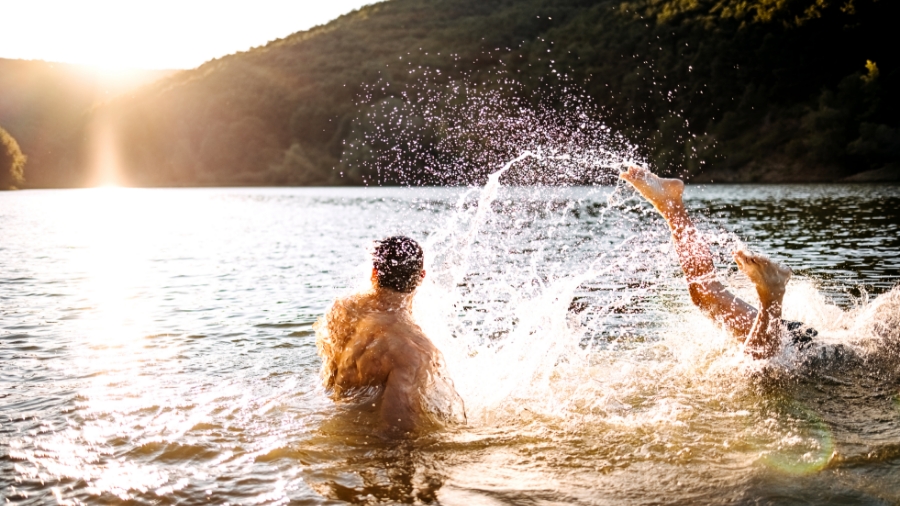 Labor Day weekend may be one of the last major times of the year for recreation on the Great Lakes, but that doesn’t mean the end of potential hazards on the lakes.
Labor Day weekend may be one of the last major times of the year for recreation on the Great Lakes, but that doesn’t mean the end of potential hazards on the lakes.
Data from the Great Lakes Surf Rescue Project shows that since 2018, roughly 20 people per year drown in one of the five lakes between September 1 and December 31.
And maps maintained by the National Oceanic and Atmospheric Administration show that more than half of the deaths that occur in Great Lakes surf zones — the areas of relatively shallow water near the shore where waves break — take place along the southern shore of Lake Michigan, from Milwaukee through the Chicago area and around to Muskegon, Michigan.
What else do you need to know in order to have a safe and enjoyable time on the Great Lakes, regardless of season?
NOAA has cataloged 114 deaths in Great Lakes surf zones since 2010, and 86% of the victims were identified as male. That tracks with data from the Centers for Disease Control and Prevention attributing nearly 80% of drowning deaths to males.
Some potential reasons for the elevated risk, according to the CDC, could include higher rates of alcohol use on or near the water, lower levels of life jacket usage, or overestimation of swimming ability.
Two-thirds of the males who died in surf zones were under the age of 30, with nearly 40 deaths among children 18 and under.
Two out of every three surf zone deaths on the Great Lakes are caused by rip currents, powerful currents that pull water — and swimmers — further out to sea, and are difficult to spot with the naked eye.
Experts advise that if you find yourself caught in a rip current, the most important thing to do is to avoid the urge to fight it and swim against the current back to shore. Instead, look to escape the current by swimming parallel to the shore; rip currents typically range from 50 to 300 feet wide, according to the NOAA.
And yell for help if you need it. While the NOAA estimates that 100 people drown in rip currents every year across the United States, an additional 30,000 are saved by lifeguards.

The best approaches to keeping yourself safe on the water start long before your toes get sandy or wet.
Checking weather and water conditions can help identify potential hazards before you encounter them; National Weather Service field offices maintain surf zone forecasts not just for the Great Lakes, but for coastal areas all over the country.
Swimming in designated swimming areas does not guarantee that there will be a qualified lifeguard on duty, but it does mean that experts have determined the safest parts of the water in an area, so stick to designated areas when possible.
Our Chicago personal injury lawyers also note that mixing alcohol or drugs with water-based recreation can be extremely dangerous and should be avoided at all costs.
And don’t swim alone. Bring friends with you, and make sure that someone else who isn’t hitting the beach with you knows what your plans are.
Information on water deaths comes from the Great Lakes Surf Rescue Project, a nonprofit water safety organization that has tracked over 1,000 drowning deaths on the Great Lakes since 2010, and from the National Oceanic and Atmospheric Administration’s (NOAA) Surf Zone Fatalities map, which tracks deaths in surf zones across the country.
Data on gender gaps in drowning victims comes from the Centers for Disease Control and Prevention.
Safety tips are from the National Drowning Prevention Alliance.
Feel free to use the information from this analysis, but please link back to this page for attribution purposes if you do.
"*" indicates required fields